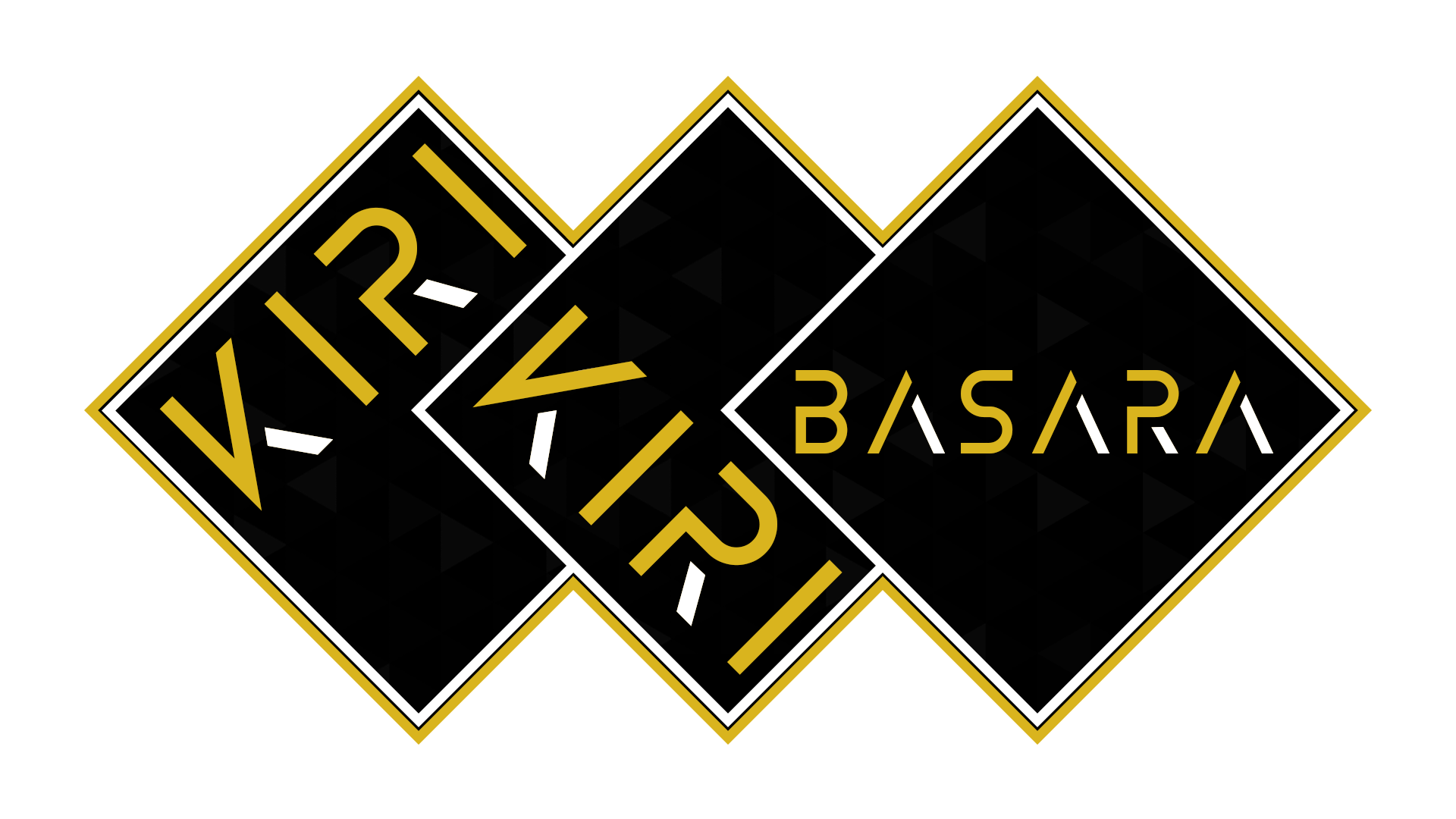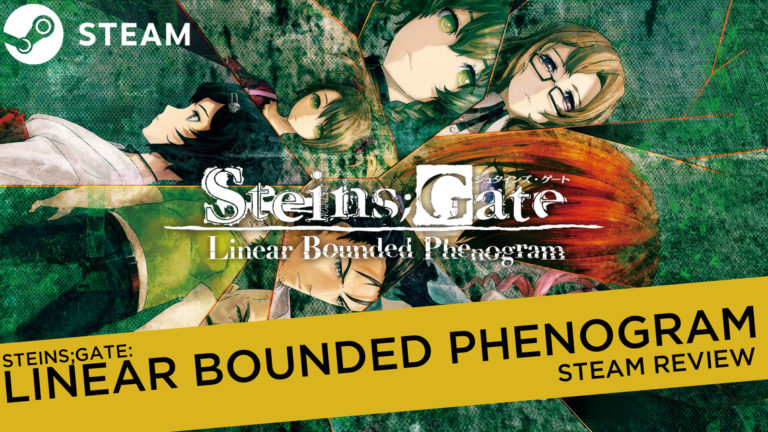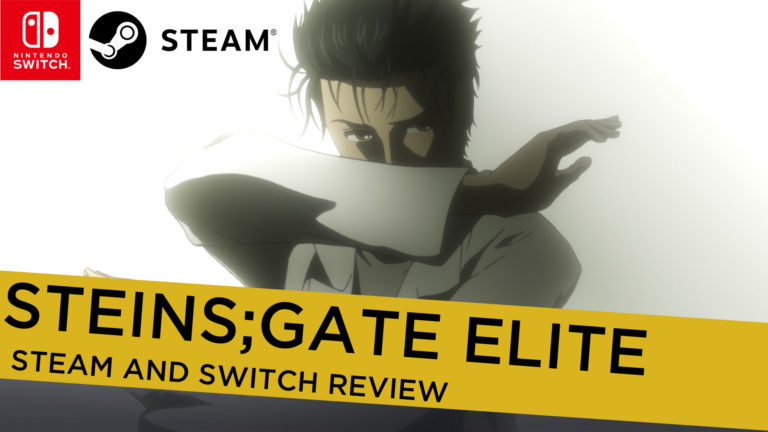After quite a long wait, the time has finally come: the first episode of Steins;Gate 0 aired on April 12 on Japanese television, and was soon made available on Crunchyroll for many English speaking countries.
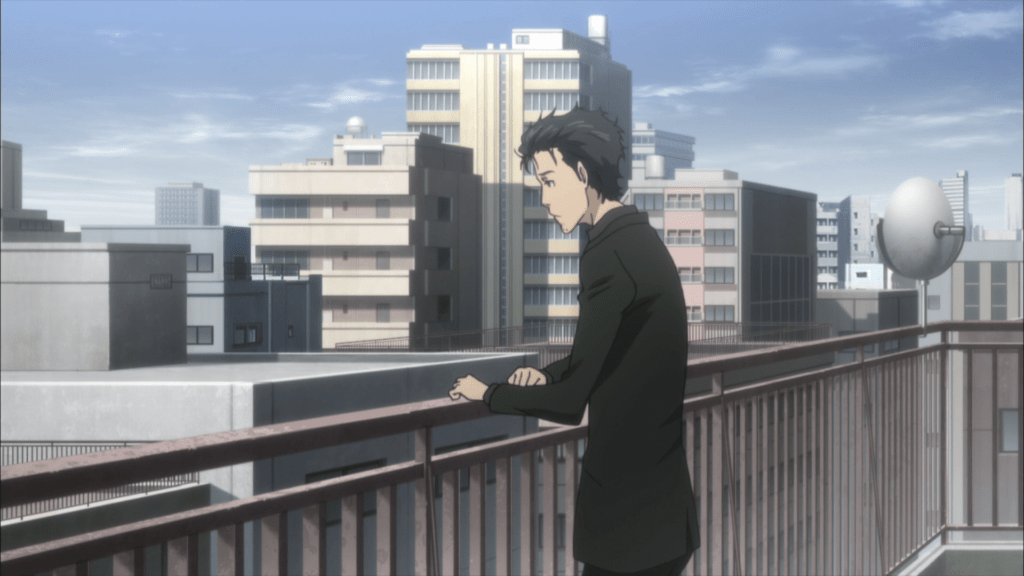
In my opinion, the first episode was absolutely amazing. It begins with a scene of Mayuri in 2036, where she wonders how the future might have been different if she had “reached out” to Okabe in 2010.
The main focus of the episode, however, is not 2036. Steins;Gate 0 is about the beta worldline in 2010, and the results of Okabe’s failure to act in episode 23 beta of the original series. Okabe has changed dramatically, and has shedded his mad scientist persona. He constantly suffers from PTSD, and attends counselling to keep his panic attacks at bay. In order to not burden his close friends, he chooses to adopt the personality and appearance of a “normal,” in an attempt to return his life to a peaceful state.
There are a few slice of life scenes throughout the episode, where we are shown what the cast has been up to since the events of Steins;Gate, and how they react to Okabe’s updated personality.
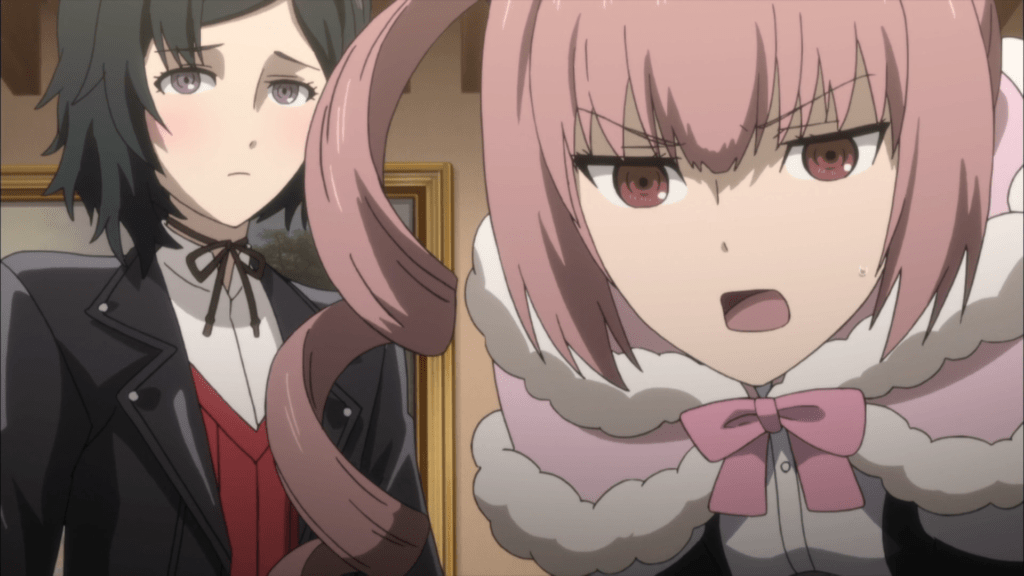
The best part of this episode had to have been the latter half of it. We’re introduced to Maho Hiyajo, Kurisu’s “senpai” at Viktor Chondria University, and likely an important character.
We’re also introduced to Alexis Leskinen, a professor at Viktor Chondria University, as well as Kurisu and Maho’s mentor.
The episode ends with the two of them explaining the theory behind their new artificial intelligence technology, a program called “Amadeus.” This program, according to them, is based on Kurisu’s research at Viktor Chondria.
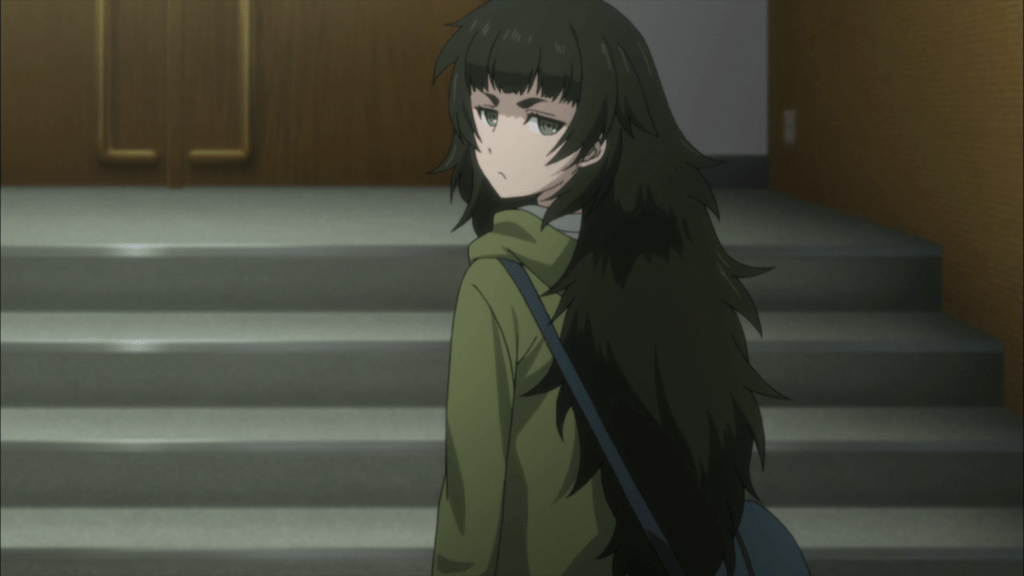
White Fox, the studio behind this adaptation, has stayed very faithful to the plot of the visual novel and the Epigraph trilogy. However, they have also made a few minor changes that have spiced up the show’s presentation so far. Some ideas and actions are better expressed in an animated format than in a mostly static visual novel format, and White Fox seems to be taking advantage of these added opportunities.
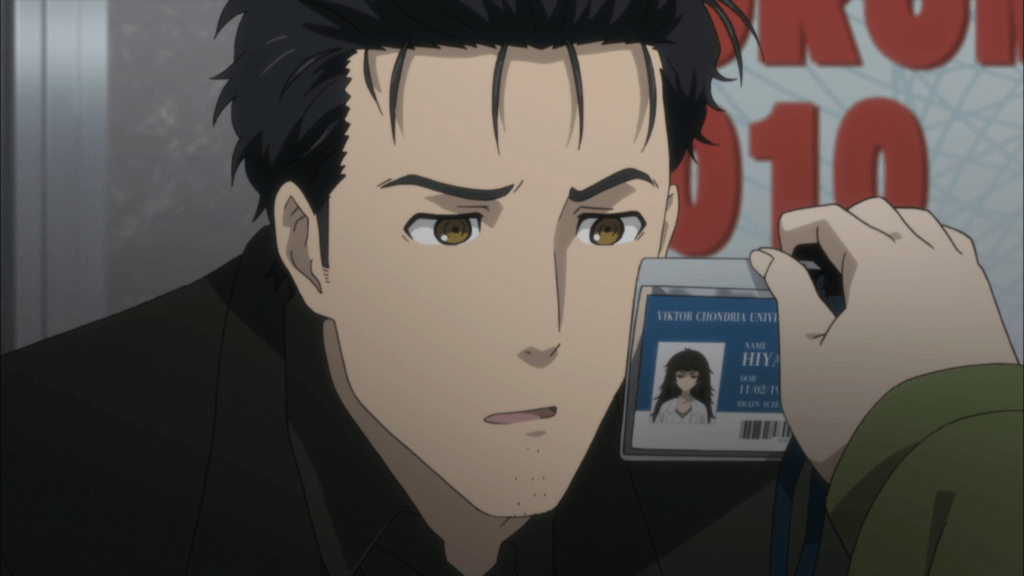
The episode ended by playing the opening song from the visual novel – Amadeus. I feel that this insert is very relevant to the last scene, and it really sets the tone. Kanako Itou’s lyrics have a mesmerizing power, one that convinces the reader that this installment in the saga will be a wild ride, from start to finish.
